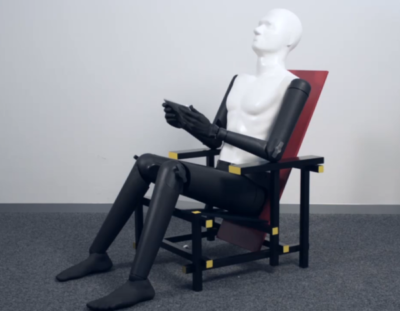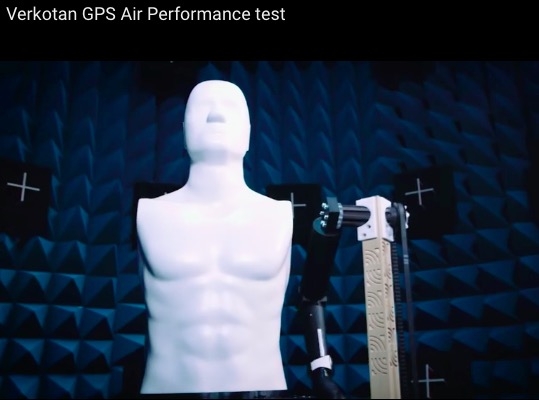
New wisdom: According to the source of this article, Readwrite, by David Curry, compiled by Xinzhi Sole and reprinted without permission!
We know that currently wearable device testing is generally less efficient. In general, device manufacturers need to employ a large number of testers to walk, run, etc. in different environments to obtain data, modify loopholes, and create more powerful devices. As a result, the testing process of a device usually requires a large number of testers to test for several weeks, and the time and money spent are relatively high. However, a start-up in Finland is now looking for a way to find a more efficient test program: use robotics to test wearable devices.
The startup, called Verkotan, is a mobile device testing company that aims to rebuild the city’s wireless experience and enable an over-the-air (OTA) test room to measure smart phones, wearables, and other wireless devices in real life. The use of conditions in the special wireless performance testing. This test method, called GPS Air Testing, reshapes the current state of wearable device testing.

In Verkotan's new laboratory, an anatomical model developed by Swiss company Speag was placed: EM Phantom Popeye. The robot arm used by Verkotan can be tested based on an anatomical model. During the testing process, the robotic arm can synchronize different virtual locations in real time. From the busy urban environment to the secluded country valleys, it can be completely eliminated. The robotic arm collects test data in real time and feeds back to the experimenter to help manufacturers create better wearable devices.
Robot testing has many advantages over real-life testing. First, it can save equipment manufacturers thousands of dollars in cost; Second, it can greatly save the test time; In addition, according to Verkotan said: It also gives manufacturers more accurate test results, because it's testing time is shorter, At the same time there is no interference or obstruction from the real world.
Verkotan CEO Kari Komonen said in a YouTube video:
General GPS testing requires different testers to enter multiple environments. These testers need to perform different tests (such as walking, running, swimming, etc.) in different locations (such as flat terrain, mountains, snow, etc.), so the test time It usually takes several weeks. Now we can bring the entire test program into the lab. A robotic arm replaces many testers. An operating system replaces multiple environments and multiple actions. Therefore, we have completely changed today's test conditions: We have reduced testing time to one day; we have a more reliable, controllable, and reusable environment for laboratories, all of which will help equipment manufacturers produce higher performance products.

However, at present, the company has not disclosed when this test method will be put into the market. But the question that bears the brunt is: Will major wearable device manufacturers like this test method?
Now, we have not yet learned if the major wearable device manufacturers (such as Fitbit and Apple) already have such a virtual test environment. However, in view of the consistently high confidentiality of Apple's smart watches, we can be sure that Apple already has some internal testing projects such as this one.
For some small and medium-sized companies, using GPS wireless testing can be a wise move. First, with the addition of robotic arms, manufacturers no longer have to hire a large number of testers, which will significantly save the cost of testing; more importantly, it helps to strengthen the confidentiality of the equipment, for example, with Jawbone and This is a good news for medium-sized companies like Pebble.
Via : Readwrite
Xinzhi created the public number of the robot under the leadership of Lei Feng Network (search for "Lei Feng Net" public number) . We are concerned about the status quo and future of robots, and related industries combined with robots. Interested friends can add micro signal AIRobotics, or directly scan the QR code below to follow!

Lens Hood Silicone Rubber Plugs
Nantong Boxin Electronic Technology Co., Ltd. , https://www.ntbosen.com